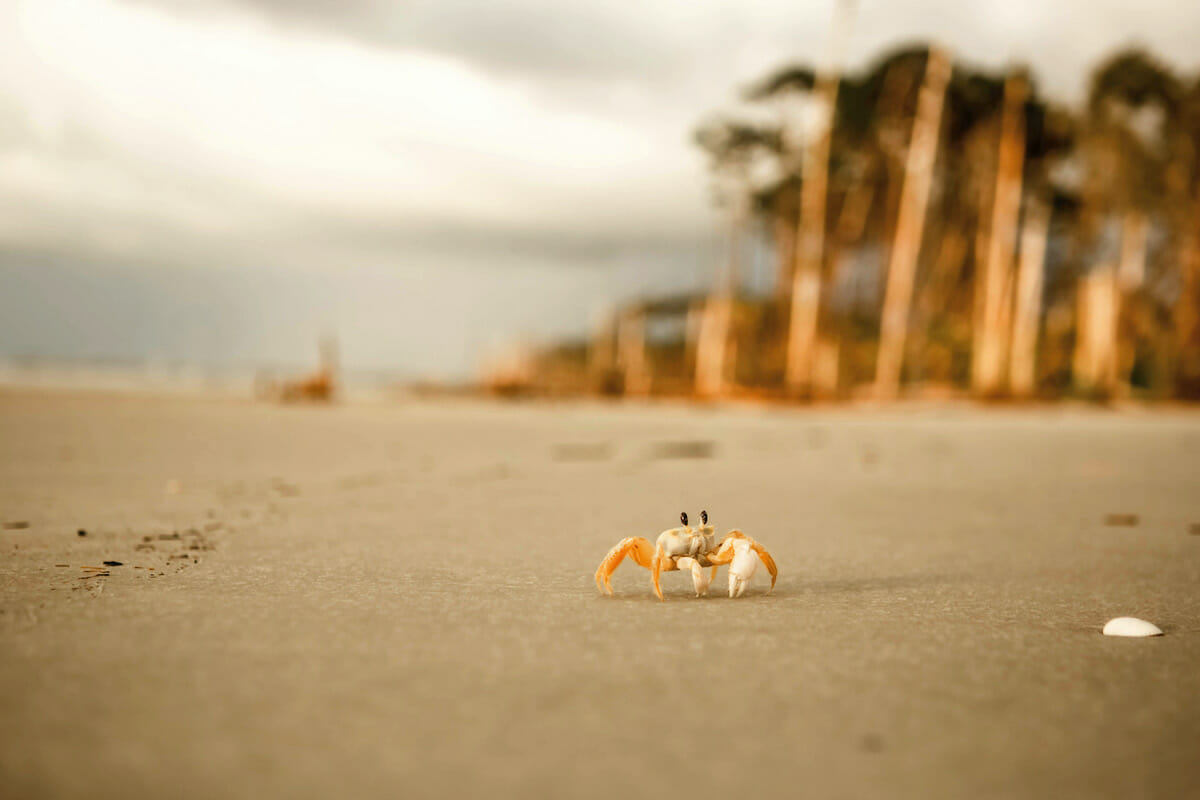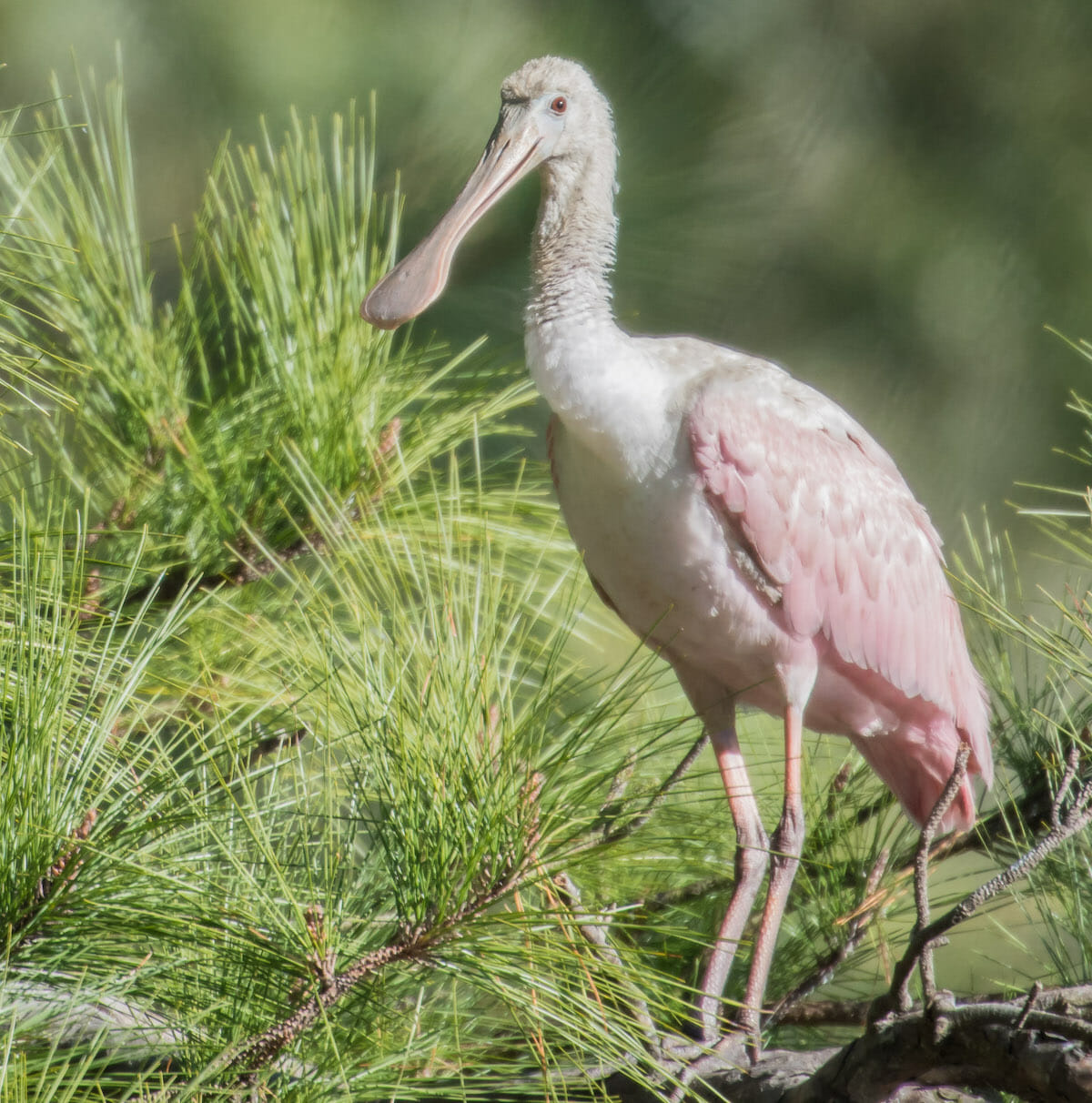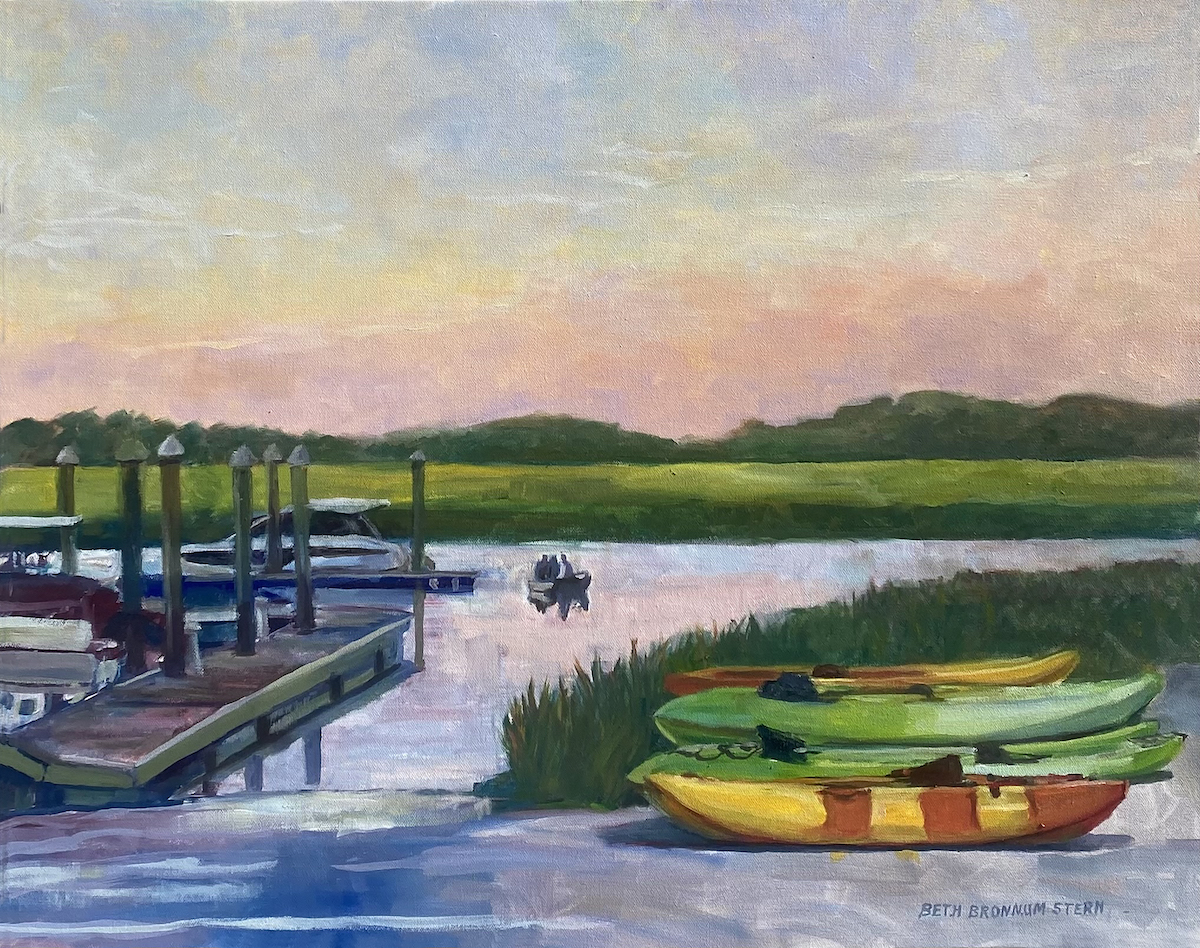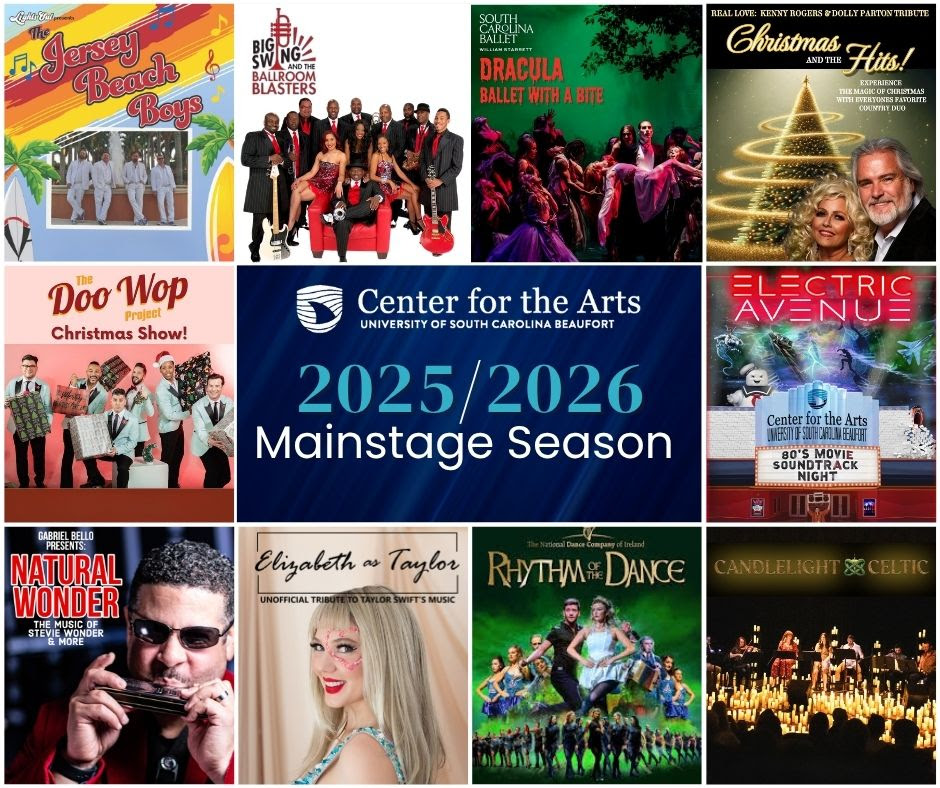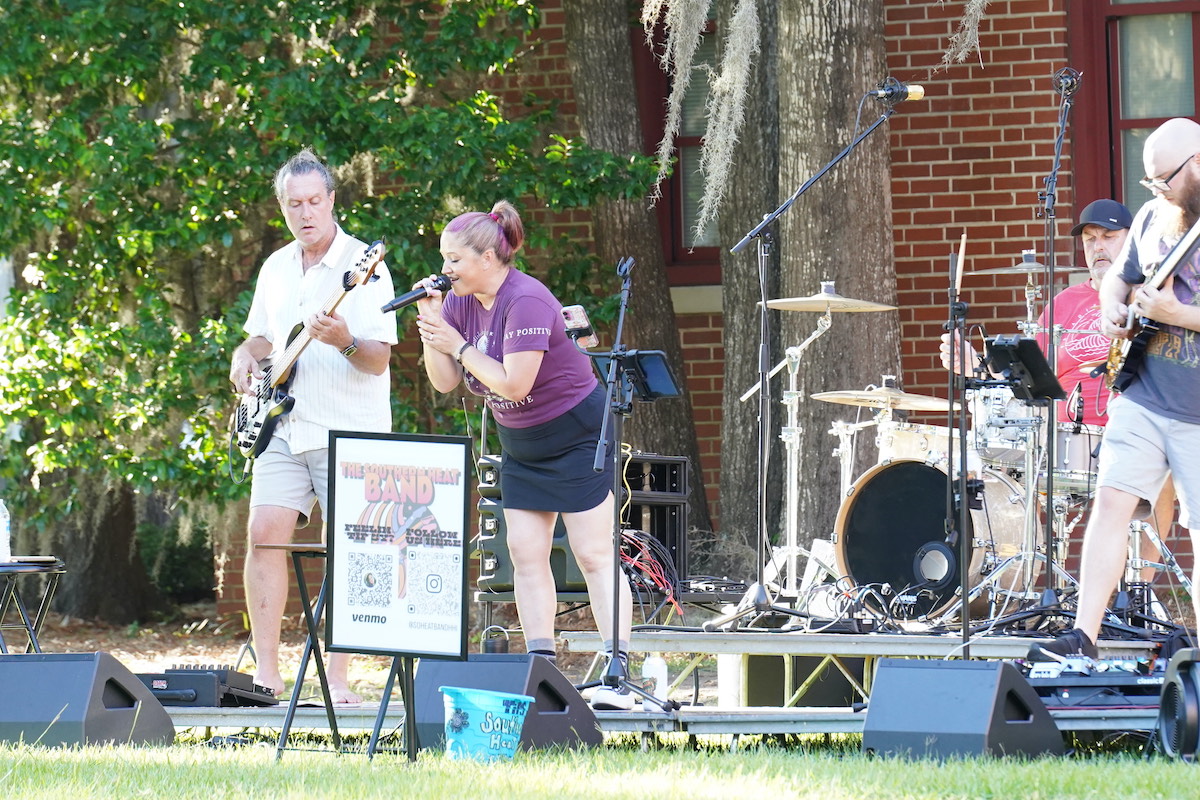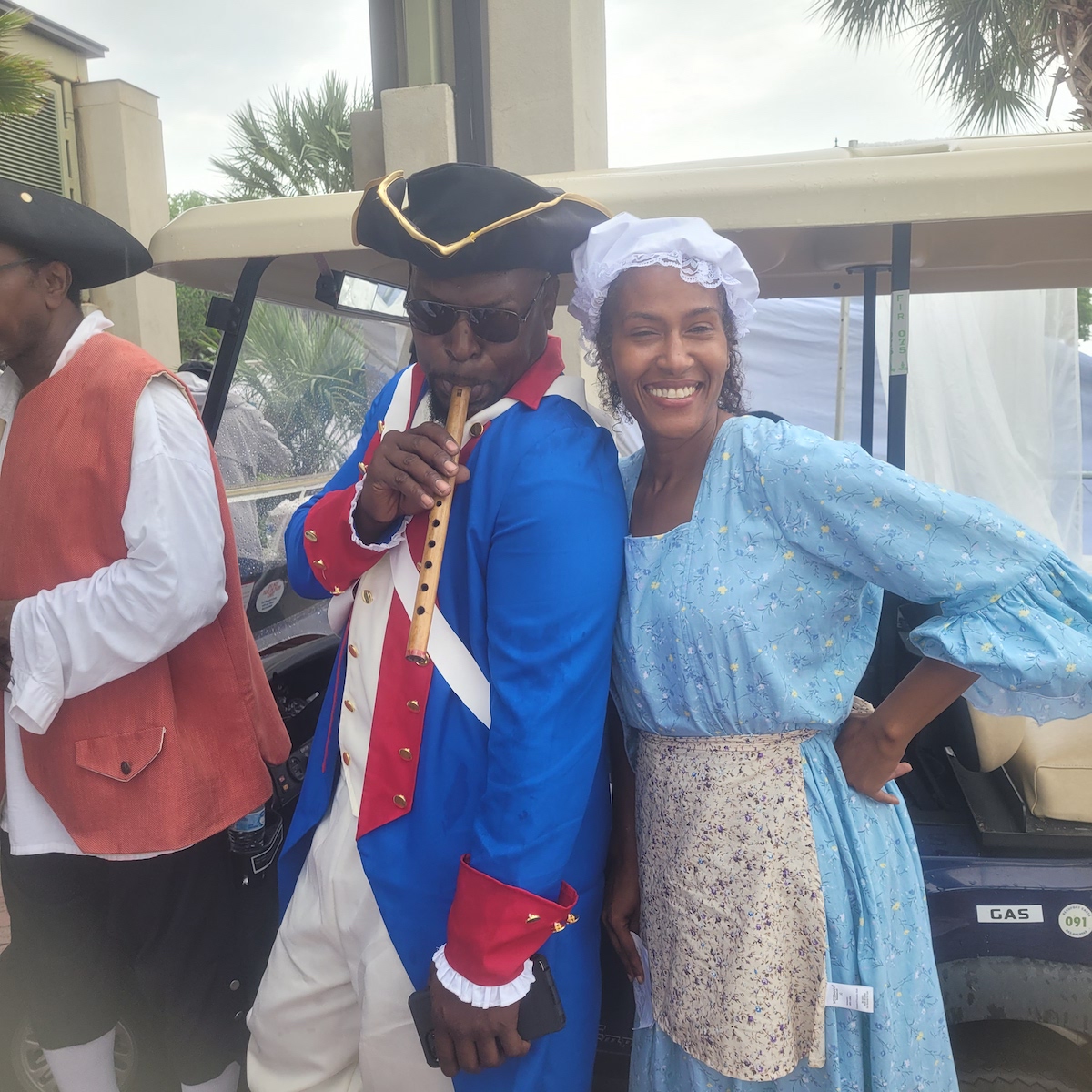By Tony Kukulich
Carol Corbin, president of the Friends of Hunting Island (FOHI), made a surprising discovery when she went searching for the definitive book about Hunting Island.
The book she was looking for didn’t exist.
“I went to the Beaufort downtown library to look for anything on Hunting Island, and there was virtually nothing,” Corbin explained. “In the area where there should have been something on Hunting Island, there were all these beautiful books for Dataw, Fripp, Beaufort, Bluffton, for the whole area, but nothing on Hunting Island. I thought, ‘Wow, there’s really a gap in the literature.’”
Facing a gaping hole in the history of Beaufort County, Corbin did the only thing that made sense to her. She wrote the book herself.
The resulting “Wild Island Nature” was released last month. The 145-page hardcover book features Corbin’s writing alongside the work of more than 30 photographers. While much of the book is dedicated to Hunting Island, nearby St. Phillips Island, which was once the private retreat of media mogul Ted Turner, is also covered. Turner signed a conservation easement with The Nature Conservancy in 2017, and the island is now managed as part of Hunting Island State Park.

The two-year long effort to produce the book was to culminate in a pre-Christmas launch. Those plans were derailed by pandemic-induced supply chain problems. Rather than hold the book for the better part of another year, Corbin and her production team settled on the January release.
“In ‘Wild Island Nature,’ Carol Corbin uses excellent photographs and descriptive writing to chronicle the beauty, history and incredible diversity of life at South Carolina’s most iconic state park,” wrote Tony Mills, director of the Lowcountry Institute, in the book’s foreword.
Hunting Island’s undeveloped state is a key component to what makes it special, Corbin said.
“Very few barrier islands in South Carolina or Georgia have easy access and are not developed,” she continued. “Most of the undeveloped islands you can only reach by boat. This is an opportunity to feel like you’re in Jurassic Park. You’re back to the original way it was.”
Once Corbin recognized the need for a book, she concluded that it was unlikely anyone else would take on the task except for the Friends of Hunting Island.
“Then COVID-19 hit,” she said. “I had one wonderful month of absolutely nothing to do. Then I thought, ‘I can’t do that anymore. Now’s the time for the book.’”
The FOHI Board of Directors authorized Corbin to tackle the book, and she found a publisher willing to take the project on – Hilton Head Island-based Lydia Inglett Publishing. Inglett was, according to Corbin, responsible for publishing many of the books documenting other Lowcountry locales that Corbin found in the Beaufort library.
“I’m just so pleased with the way the book came off,” Inglett said. “I think it gives people history, details about the flora and fauna and gives them, most importantly, all the different environments on Hunting Island. Being a real nature lover, that’s important to me. I think we struck the right balance. We’re trying to create an experience between two covers. It’s like an ancillary experience for (island visitors). If people go there and take a book home with them, we want them to relive that experience they had on Hunting Island every time they open that book.”
A call to photographers seeking submissions to illustrate the book drew more than 1,500 responses that Corbin then edited down to the photos found in the book. That effort had an unintended effect. After seeing the final selections, Corbin decided she needed to rewrite the book to match the visual narrative.
Aside from Mills’ foreword and Corbin’s own writing, the book includes a description of an 1870s hunting trip to the island. The story, written by I. Jenkins Mikell, is a firsthand account that details the mid-December journey by row boat from Edisto Island across St. Helena Sound, which the author described as grand, gloomy and, at times peculiar.
“To me, that’s the best part of the book,” Corbin said. “I feel very emotional about it because even then, when it took a row boat trip to get here, people adored this island. It was a spiritual place for them.”
Having released her book into the world, Corbin noted that the FOHI is beginning work on a book. It will focus on the island’s famous lighthouse. While she won’t be involved in the writing, Corbin will likely edit the new book when it’s ready.
In her introduction and throughout “Wild Island Nature,” Corbin writes about the transitory nature of barrier islands.
“You never step onto the same island twice,” Corbin wrote in her introduction. “It keeps us wanting to come back to see what’s different and greet it anew.”
“Wild Island Nature” can be purchased by visiting friendsofhuntingisland.org. It is available in two versions – a hardback edition and a special limited boxed edition. All proceeds from the sale of “Wild Island Nature” go to the Friends of Hunting Island.
Tony Kukulich is a recent transplant to the Lowcountry. A native of Wilmington, Del., he comes to The Island News from the San Francisco Bay Area where he spent seven years as a reporter and photographer for several publications. He and his wife enjoy exploring their new home state. He can also frequently be found playing bass guitar with a couple of local bands. He can be reached at tony.theislandnews@gmail.com.


